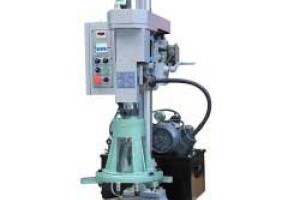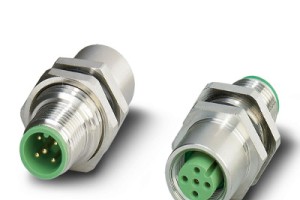
Understanding Fuel Level Monitoring in Modern Vehicles
Accurate fuel level monitoring is crucial for vehicle performance, safety, and energy efficiency. This article explores the mechanisms, technological advancements, and practical implications of fuel level systems.
1. How Fuel Level Monitoring Works
Fuel level sensors detect the volume of fuel in a tank through various technologies:
- Float-type sensors: A buoyant float connected to a resistor adjusts electrical resistance as fuel levels change, sending signals to the dashboard .
- Capacitive sensors: Measure changes in capacitance caused by fuel covering sensor plates, providing high .
- Ultrasonic sensors: Emit sound waves to calculate fuel height based on reflection time, commonly used in industrial applications
.
2. Importance of Fuel Level Accuracy
- Safety: Low fuel warnings prevent unexpected stalls, especially in critical scenarios like highway driving
. - Efficiency: Real-time data helps drivers optimize refueling schedules, reducing energy waste.
- Performance: In motorsports (e.g., Formula 1), precise fuel level management ensures optimal race strategy and weight distribution.
3. Common Challenges and Solutions
- Sensor malfunction: Contamination or mechanical jamming (e.g., BMW’s tank component issue in 2018) can distort readings. Regular maintenance and using robust materials mitigate this risk.
- Temperature effects: Fuel expansion/contraction with temperature changes may cause inaccuracies. Advanced systems now integrate temperature compensation algorithms.
4. Future Trends
Smart fuel level systems are evolving with IoT integration, enabling remote monitoring via mobile apps and predictive analytics for maintenance. These innovations align with the growing emphasis on clean energy and sustainable transportation.
Conclusion
Fuel level monitoring is a blend of engineering precision and practical necessity. As automotive technology advances, reliable and intelligent fuel management will remain pivotal in enhancing vehicle performance and environmental stewardship










Leave a comment